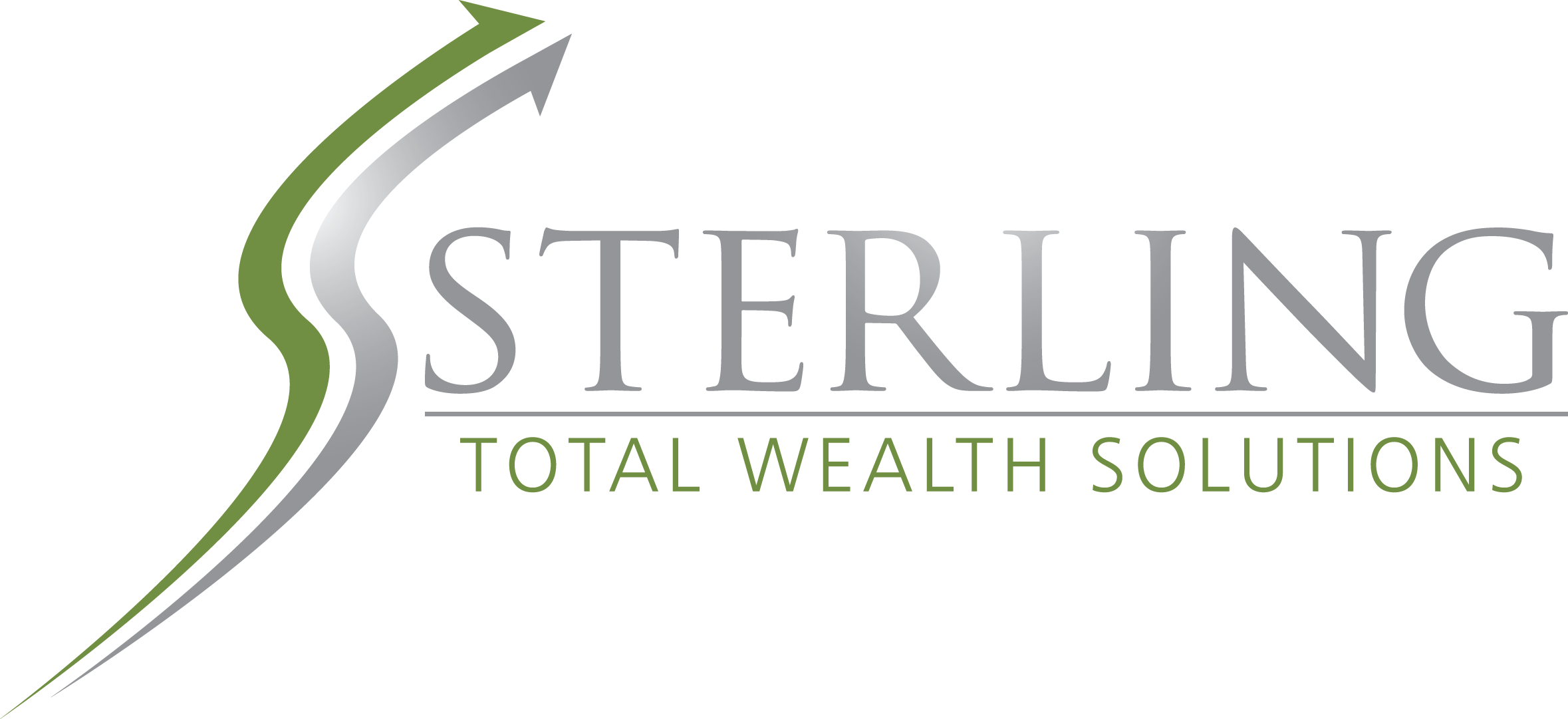Filling Out the FAFSA
There is really no reason to wait.
Presented by Sterling Wealth Advisors
 October is here – the ideal time for college students to apply for financial aid. October 1, in fact, marks the first day a current or future college student can submit a Free Application for Federal Student Aid, or FAFSA, for the 2019-20 academic year. Since some states offer aid on a first-come, first-serve basis, submitting a FAFSA as soon as possible is wise.1,2
October is here – the ideal time for college students to apply for financial aid. October 1, in fact, marks the first day a current or future college student can submit a Free Application for Federal Student Aid, or FAFSA, for the 2019-20 academic year. Since some states offer aid on a first-come, first-serve basis, submitting a FAFSA as soon as possible is wise.1,2
You can even apply using your phone. Install the new myStudentAid app created by the Department of Education, available for iOS and Android operating systems. While filling out the FAFSA takes time whether you use a PC, tablet, phone, or pen, it may feel easier to start on a phone. In fact, Mark Kantrowitz, publisher of SavingForCollege.com, just remarked to CNBC that the mobile app was “much easier to use, even fun.” The FAFSA asks students and parents more than 100 questions, so any degree of “fun” is good. (Thanks to the new app, you can start filling out a FAFSA on a computer and finish it on a phone, and vice versa.)1,2
Due to the new phone app, more FAFSAs might be filed this year. Slightly more than 20 million FAFSAs were submitted for the 2014-15 award cycle; in contrast, just over 10 million were filed for 2018-19. This decline might reflect an improved economy and a boost in household wealth, but it may be temporary.2
What should your student have handy while filling out the form? After creating an FSA ID (a username, a password), your student will need to reference all kinds of personal information, some of which will be yours. The FAFSA asks for birth dates, Social Security numbers, and driver’s license numbers. It asks for financial information: savings account balances, home values, investment account values. (It does not require you to report balances of workplace retirement plan accounts, pension plans, or IRAs.) Untaxed income must be figured; interest income and child support fall into that category.1
All FAFSAs now require federal tax information from the year that is two years prior to the current award cycle. In other words, on this year’s FAFSA, you need to include federal tax information from 2017. This may not be as arduous as it sounds because you can use the Internal Revenue Service Data Retrieval Tool (irsdataretrievaltool.com). This online tool lets you import your 2017 federal tax information straight into the FAFSA; it is accessed through a “Link to I.R.S.” button. (Information input into the Data Retrieval Tool must match what appeared in the federal tax return.)2,3
A FAFSA must list at least one college or university that the student currently attends or wants to attend. When multiple schools are listed, grant awards are made to the school listed first. (Colleges and universities can also be removed from a list of multiple schools.)1
Anyone who provides data for a FAFSA (a student, a parent, a college access advisor) must also sign that FAFSA. Without the appropriate signatures, the application is invalid. When it comes to these signatures, here is a tip all parents should remember: never hit the “Start Over” button when you log in to add your signature. If you accidentally click on that, all the information that your student has spent hours entering will be erased.1,2
Financial questions should not be left blank on the FAFSA. If the answer to a question is “none,” put a zero instead of nothing at all. Every monetary amount that includes cents should be rounded to the nearest dollar.1
 Unsurprisingly, some families want help when filling out the FAFSA. Recognizing this, the Department of Education offers a 66-page guide to completing the form; you will find it at studentaid.ed.gov. It also provides a FAFSA hotline: (800) 433-3243. You may want to chat with a financial professional who focuses on college planning or a university financial aid officer for additional insight.1
Unsurprisingly, some families want help when filling out the FAFSA. Recognizing this, the Department of Education offers a 66-page guide to completing the form; you will find it at studentaid.ed.gov. It also provides a FAFSA hotline: (800) 433-3243. You may want to chat with a financial professional who focuses on college planning or a university financial aid officer for additional insight.1
The FAFSA is often a pathway to considerable financial assistance: grants, work study programs, federal student loans. The average FAFSA applicant for the 2015-16 school year received roughly $8,500. A FAFSA costs nothing to fill out or send around, and there is absolutely nothing to lose in submitting one.2
Securities offered through Registered Representatives of Cambridge Investment Research, Inc., a Broker/Dealer, Member FINRA/SIPC. Advisory services offered through Cambridge Investment Research Advisors, Inc., a Registered Investment Advisor. Sterling Wealth Advisors and Cambridge are not affiliated.
To learn more about Sterling Wealth Advisors, visit us on the web at www.sterlingwealthadvisorstx.com
This material was prepared by MarketingPro, Inc., and does not necessarily represent the views of the presenting party, nor their affiliates. This information has been derived from sources believed to be accurate. Please note – investing involves risk, and past performance is no guarantee of future results. The publisher is not engaged in rendering legal, accounting or other professional services. If assistance is needed, the reader is advised to engage the services of a competent professional. This information should not be construed as investment, tax or legal advice and may not be relied on for the purpose of avoiding any Federal tax penalty. This is neither a solicitation nor recommendation to purchase or sell any investment or insurance product or service, and should not be relied upon as such. All indices are unmanaged and are not illustrative of any particular investment.
Citations.
1 – studentloanhero.com/featured/times-cd-work-for-your-savings/ [7/10/18]
2 – bloomberg.com/news/articles/2018-07-27/americans-have-been-saving-much-more-than-thought-new-data-show [7/27/18]
